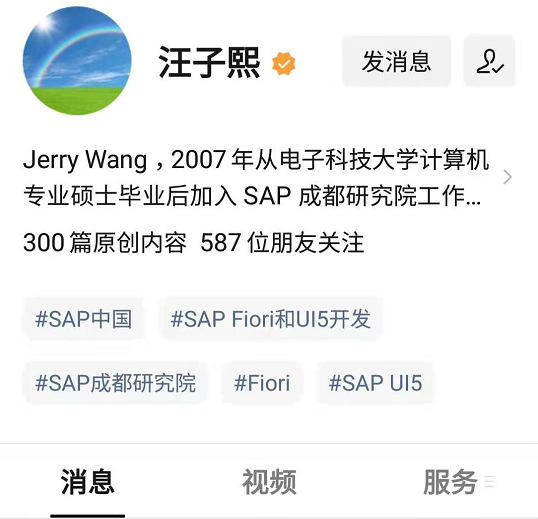plan: hdi-shared
The SAP HANA database schema enables you to logically group objects (such as tables, views, and stored procedures) together. If there is no defined schema, you will not be able to write to the directory. SAP HANA Extended Application Service (SAP HANA XS) enables you to create database schemas as transferable design-time files in the repository.
Relational databases contain catalogs that describe various elements in the system. Catalog divides the database into sub-databases called Schema. The database schema enables you to logically group objects (such as tables, views, and stored procedures) together. If there is no defined schema, you will not be able to write to the directory.
SAP HANA Extended Application Service (SAP HANA XS) enables you to create a database schema as a transferable design-time file in the repository. The application you develop can read the repository file.
If your application references the repository (design-time) version of the schema instead of the runtime version in the directory, for example, by using an explicit path to the repository file (with a suffix), then any changes to the repository version file Submit to the repository to be visible. No need to wait for the runtime version of the repository activation mode.
Database development artifacts are deployed from and to so-called containers.
The database development artifacts are deployed in so-called containers. This container is not the same thing as Docker.
The SAP HANA Deployment Infrastructure (HDI) provides a service that enables you to deploy database development artifacts to so-called containers. This service includes a family of consistent design-time artifacts for all key HANA platform database features which describe the target (run-time) state of SAP HANA database artifacts, for example: tables, views, or procedures. These artifacts are modeled, staged (uploaded), built, and deployed into SAP HANA.
SAP HANA Deployment Infrastructure (HDI) provides a service that enables you to deploy database development artifacts (development-time resources) to so-called containers. The service includes a series of consistent design-time artifacts, applicable to all key HANA platform database functions, which describe the target (runtime) state of SAP HANA database artifacts, such as tables, views, or procedures. These artifacts are modeled, staged (uploaded), built, and deployed into SAP HANA.
The HDI focuses strictly on deployment; HDI does not include any version-control tools, nor does it provide any tools for life-cycle management.
HDI focuses strictly on deployment; HDI does not include any version control tools, nor does it provide any lifecycle management tools.
HDI enables you to deploy database objects only; it is not possible (or necessary) to deploy application-layer artifacts such as JavaScript programs or OData objects.
HDI enables you to deploy only database objects; it is impossible (or unnecessary) to deploy application layer artifacts, such as JavaScript programs or OData objects.
The SAP HANA HDI container consists of a design-time container and a corresponding runtime container.
SAP HANA HDI uses containers to store design-time artifacts and corresponding deployment runtime (catalog) objects. SAP HANA Deployment Infrastructure (HDI) strictly distinguishes design-time and runtime objects by introducing the following different container types:
- Design-time container (DTC)-Design-time container (DTC)
Isolation environment for design-time files
- Run-time container (RTC)-Run-time container (RTC)
Store deployment objects constructed according to specifications stored in corresponding design-time artifacts
More original articles by Jerry, all in: "Wang Zixi":




**粗体** _斜体_ [链接](http://example.com) `代码` - 列表 > 引用。你还可以使用@来通知其他用户。